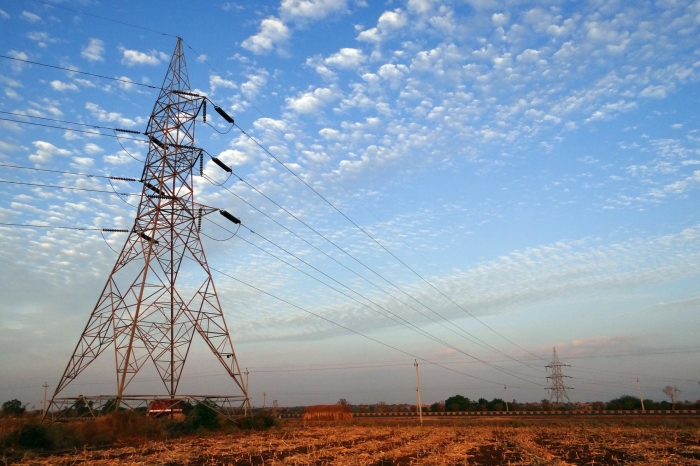
Using satellite technology to optimise the power grid
How can satellite applications support the European power grid and its evolution? Answering this question is the goal of a new cooperation agreement, kicked off today, between the European Space Agency (ESA), the European Network of Transmission System Operators (ENTSO-E) and the European Distribution System Operators Association (EDSO). Their cooperation will be realized through the ESA Business Applications programme, which supports the development of new services that make use of data from space assets for the benefit of a wide range of communities - in this case the European power system operators.
Satellite applications can support power networks in many areas, including: asset management; two‐way communication between smart meters and grid operators; prediction of consumption or generation peaks; developing Internet of Things services for smart homes and electric vehicles; and the use of virtual power plants.
Laurent Schmitt, Secretary General of ENTSO-E, observed that, “There are opportunities to enhance real-time grid management through using available space technologies. This cooperation will identify business cases where both sectors can support each other and deliver benefits for the European consumer. A key example is to ensure secure and reliable data exchange between European TSOs in case of failure of other communication channels, like in the event of cybersecurity incidents”.
Roberto Zangrandi, Secretary General of EDSO, added that, “The future of grids is based on the development of technology and applications that allow integration of renewable generation into distribution grids and for active consumers to manage energy responsibly. Collaboration with ESA for innovation within a series of DSO defined topics will enable electric industry development of new models and tools that improve the design, operation and maintenance of grids in a safer and reliable way for both operators and customers”.
Nick Appleyard, Head of ESA’s Business Applications Department, commented that, “Observations from satellites allow us to predict weather patterns and renewable energy production; and communication by satellite also allows operators to keep the grid network balanced as supply and demand fluctuate. ESA wants to support the industry to refine these methods and broaden out from individual trials, making the resulting knowledge available to the entire European network of transmission system operators. This new cooperation will greatly aid our aim of maximizing the social and economic benefits that can be achieved through more rapid and widespread adoption”.
As part of this cooperation, ESA will launch a tender before end 2018, with the objective of investigating the technical feasibility and economic viability of space-based applications for smart grids, and of defining a roadmap for services implementation and demonstration.


